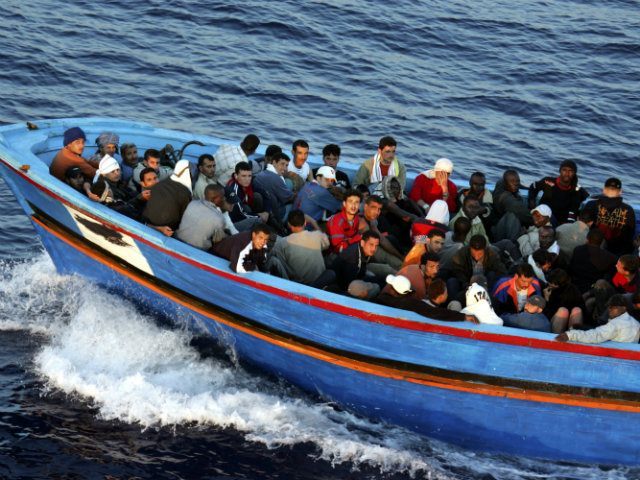As final migration statistics roll in for 2016, Italy has surpassed Greece as the principal port of entry for migrants trying to reach Europe.
Although final figures won’t be known until the year ends, the International Organization for Migration (IOM) has released a summary report for immigration into Europe for 2016, confirming that Italy is now Europe’s number one recipient of migrants.
“Italy saw a 115% increase in cumulative arrivals from 2015 (177,729 in 2016 versus 153,842 in 2015),” the report states, “while Greece saw 83% decrease in cumulative arrivals from 2015 (175,666 arrivals in 2016 versus 1,033,029 in 2015).”
Combined arrivals to Greece and Italy account for 93 percent of the total 381,307 arrivals in 2016 (as of December 14, 2016). Of these, nearly all new arrivals in 2016 have come to Europe by sea (93.6 percent). Only 6.3 percent of migrants have entered Europe by land, through Bulgaria, Greece and Spain.
Much of the migratory shift has been due to a deal between Turkey and the European Union (EU) in March of 2016, which effectively sealed up the so-called “Balkan route”—the previous path of choice for those attempting to reach Europe.
The shift from Greece to Italy has also entailed a major change in the demographic make-up of arriving migrants. Whereas migrants and refugees journeying from Turkey into Greece were primarily Syrian (46.6 percent), Afghan (24.2 percent) and Iraqi (15.2 percent), the migrants reaching Italian shores have been overwhelmingly African, with Nigeria in the first place, followed by Eritrea, Guinea, Côte d’Ivoire, Gambia, Senegal, Mali and Sudan.
The composition of new migrants also underscores the fact that nearly all new arrivals are economic migrants looking for a better life and benefits in Europe, rather than refugees fleeing wars and crisis situations.
The majority of the migrants are males (71 percent) and according to Professor Anna Bono of the University of Turin, an expert in African migration, most are young and belong to the middle class.
Bono said that human traffickers in African countries promote emigration to Italy through extensive ad campaigns promising a warm welcome and extensive welfare assistance.
“In the countries of sub-Saharan Africa there are advertisements inciting people to go to Italy, explaining that everything here is free,” she said.
More disturbingly, Nigerian traffickers are exploiting Europe’s migrant crisis to take girls across the Mediterranean into Italy to sell into prostitution. In the past two years, more than 12,000 girls and young women have arrived in Italy—six times as many as in the preceding two years. Of these, four out of five (79 percent) have wound up in prostitution.
Currently, half of the prostitutes in Italy are Nigerians.
Arinze Orakwe, an official of the Nigerian anti-trafficking organization NAPTIP, said that fighting against the traffickers is an uphill battle, in part because of public opinion and propaganda about life in Europe. “Everyone thinks that the streets of Europe are paved with gold,” he said.
Even as colder temperatures set in, there has been no let-up in the numbers of sub-Saharan Africans arriving in Italy. In the week from Dec. 6-12, new arrivals totaled 2,535, while for the following week of Dec. 13-19, the numbers were slightly higher, at 2,712 arrivals.
With the new data factored in, the total number of migrants entering Italy in 2016 has exceeded 180,000, the highest recorded yearly number in modern history.
Follow Thomas D. Williams on Twitter Follow @tdwilliamsrome
